Floating inputs are easy -- you bias a line with a pull-up or pull-down resistor (generally 10kOhm or so). These are generally good practice -- they cover situations where your microprocessor is in reset, is blank, is in the middle of being programmed, etc. They basically cover you in states where your software is not running.
Let's say you have a net that controls the enable to some other IC / device, and it is active high. Placing a 10k resistor on this net to GND will bias that net low in the absence of any other stimuli. Now, to turn it on, your micro controller outputs say a 3.3V logic signal to turn it on. This will expend 330uA (virtually nothing) to overcome the resistor, and the circuit will function as designed.
Now, if we're talking fault scenarios where an IO pin has latched up, or you've suffered a SEU (single-event upset aka bit flip) in an I/O port data register, that is much, much harder to defend against outside of an IC without a physical, external majority voter gate. A 10k resistor pull-down won't do a thing against a low-impedance MCU I/O pin that has latched high and can source 10s of milliamperes.
Latch-up protection is generally implemented with a LCL, or latching current limiter. This can be as simple as a putting your circuit behind a power-switch IC that has a programmable current limit threshold, like a TI TPS2556. In the event of a downstream latch-up, this IC will limit the current that can flow and potentially protect against permanent hardware damage that occurs as a result of the localized heating during a latch-up event. Terrestrial causes of latch-up are generally due to over-voltage; orbital cause are due to energetic particles that impart sufficient LET (linear energy transfer) to trigger the parasitic SCR / latch-up condition. (See also: https://en.m.wikipedia.org/wiki/Latch-up)
Triple Modular Redundancy (TMR) protects you against single-faults as your truth table shows. For multi-fault scenarios, it gets very complex -- and these are often considered pathological fault cases that are deemed so statistically unlikely that further effort is not expended.
I suppose you could extend further to n-modular redundancy (say jump to 5), but I can tell you that for space applications I've worked on, our system designs are fine with TMR. I'd be curious to hear what you have that requires stricter reliability.
